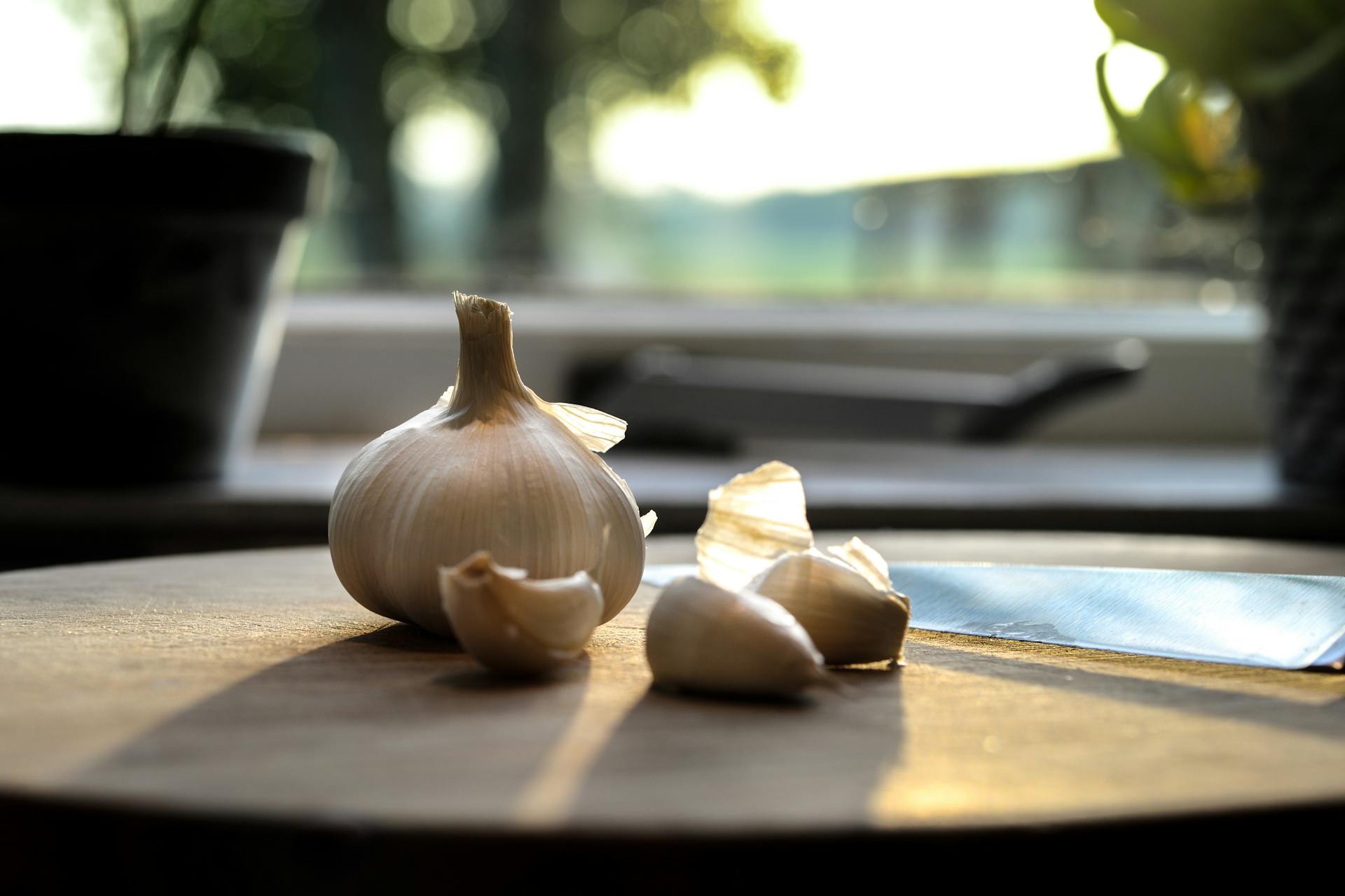Garlic, known scientifically as Allium sativum, is not just a culinary staple but also a powerhouse of medicinal benefits. Among the various types of garlic, purple garlic is particularly noted for its unique properties and potential health benefits. This variant, easily recognizable by its purple-streaked skin, offers more than just aesthetic appeal. In this article, we delve into the health benefits associated with purple garlic and why it might be a worthy addition to your diet.
Rich in Antioxidants
Purple garlic boasts a higher concentration of antioxidants compared to its white counterpart. These antioxidants, including allicin, alliin, and ajoene, are crucial in combating oxidative stress which is linked to numerous chronic diseases. The anthocyanins, which give purple garlic its distinctive color, are particularly potent antioxidants. Regular consumption can help protect cells from damage and reduce the risk of conditions like heart disease, arthritis, and Alzheimer’s.
Enhanced Cardiovascular Health
The cardiovascular benefits of garlic are well-documented, but purple garlic contains a slightly different profile of sulphur compounds that may offer enhanced benefits. It helps in lowering blood pressure and improving cholesterol levels, both of which are risk factors for heart disease and stroke. Purple garlic enhances circulatory health by promoting the elasticity of blood vessels and preventing the formation of plaque.
Anti-Inflammatory Properties
Chronic inflammation is a root cause of many diseases, including cancers, cardiovascular disease, and diabetes. Purple garlic’s anti-inflammatory properties are linked to its sulphur compounds, which can help reduce inflammation at a cellular level. For those managing chronic inflammatory conditions, incorporating purple garlic into the diet could potentially help in controlling symptoms.
Antimicrobial and Antiviral Effects
Purple garlic is a natural antimicrobial and antiviral agent. Its compounds, particularly allicin, are effective in fighting bacterial, fungal, and viral infections. Studies have shown that purple garlic can combat pathogens that are resistant to traditional antibiotics, making it a valuable ally during flu seasons and in treating various infections.
Potential Cancer Prevention
Emerging research suggests that the sulphur compounds in purple garlic can play a role in cancer prevention. These compounds can activate cellular processes that help to detoxify carcinogens and halt the proliferation of cancer cells. Regular intake of purple garlic might lower the risk of certain cancers, including stomach, colon, and oesophageal cancers.
Improving Immune Function
Purple garlic’s combination of antioxidants, anti-inflammatory, and antimicrobial properties naturally boosts the immune system. It enhances the body’s defenses against infections and diseases, making it a natural choice for improving overall immune response.
Usage and Considerations
To maximize the health benefits of purple garlic, it’s best consumed raw or lightly cooked. Overcooking can reduce the potency of its active compounds. Adding crushed or chopped purple garlic to dishes just before serving can help preserve its nutritional profile and health benefits.
Purple garlic not only adds flavor to your dishes but also imparts significant health benefits that can contribute to a healthier life. Its unique antioxidant properties, combined with cardiovascular, antimicrobial, anti-inflammatory, and potential cancer-fighting abilities, make it an excellent addition to a balanced diet. Whether used in culinary applications or taken as part of a dietary supplement, purple garlic is a functional food that supports overall health and wellness.





